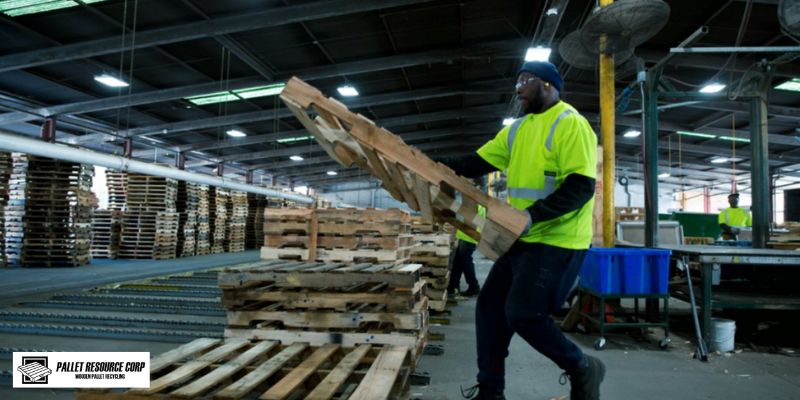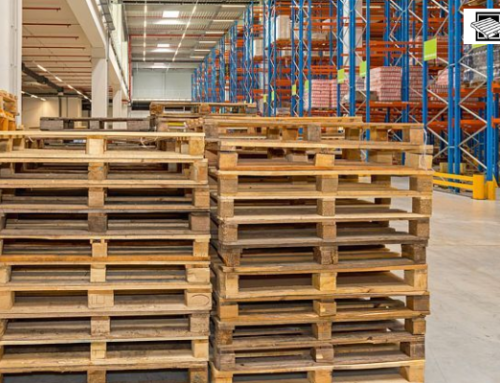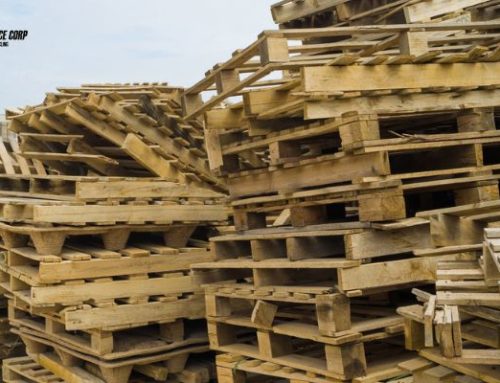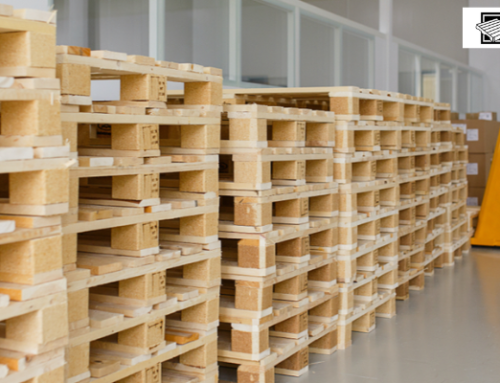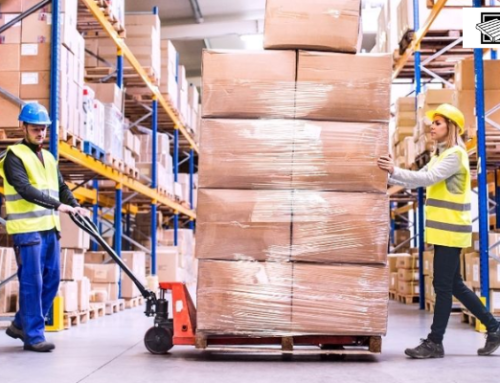Pallets are unquestionably important in the logistics, shipping and transportation sectors. After all, pallets play a crucial role in many companies’ supply chains. You cannot successfully manage your business without sturdy, long-lasting pallets. You don’t want workers handling pallets improperly to result in mishaps or dangerous circumstances, do you?
Pallets are normally raised by employees either manually or with the aid of machinery. Both techniques have a significant risk of mishaps and harm. There is a risk that the equipment won’t support the load of the pallet while lifting and managing loaded pallets. Accidents are inevitable if safety precautions are not taken when handling pallets. Accidental injuries to workers can be quite serious.
For accidents caused by pallets, 20 to 30 percent of warehouse employees visit hospitals, as reported by the U.S. Consumer Product Safety Commission. To prevent injuries and accidents, it is crucial for everyone working in warehouses and at manufacturing sites to be educated about safe pallet handling. Safety regulations and standards violations might result in fatal injuries.
Here is some advice from experts on how to handle pallets safely. These recommendations will improve employee safety, avoid damage to pallets and reduce accidents…
#1 Always check the pallets before using them
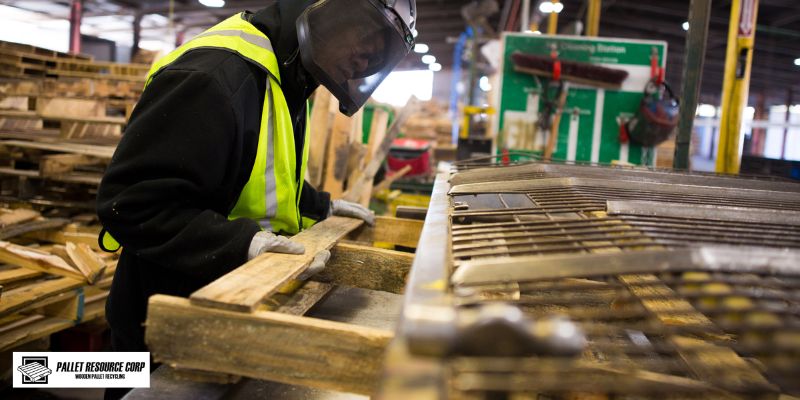
Pallets are useful for a variety of tasks. Check the bolts, nuts and screws, as well as the pallets (overall) to determine their condition. Rather than being loose, the boards should be tight. Additionally, you don’t want them to have any exposed nails. Get a good notion of the pallets’ condition and safety before using them. Pallets that are damaged should either be repaired or replaced.
#2 Be aware of safety regulations when handling pallets
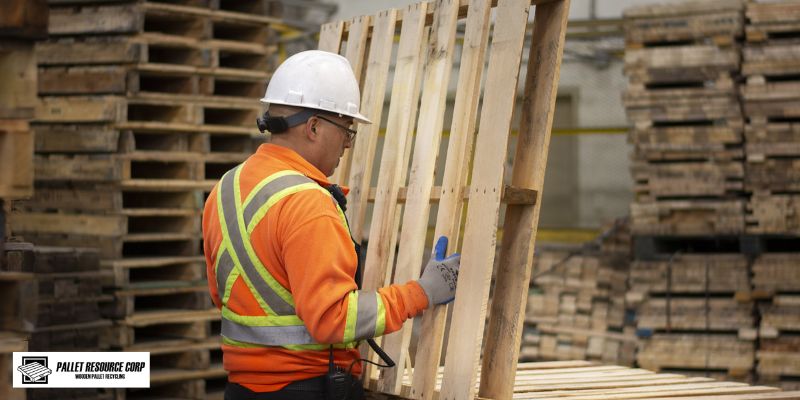
Each individual who handles pallets must be properly trained and knowledgeable in pallet handling. Your company is required to make all employees aware of the safety policies and guidelines that they must abide by. These regulations outline the correct way to handle pallets both manually and mechanically. To prevent back injuries, workers should be taught how to correctly lift pallets by hand. There should always be assistance– nobody should raise the pallet alone. Pallets shouldn’t be packed too tightly, and the surroundings of the warehouse should be maintained and kept tidy.
#3 Ensure that pallets are stacked properly
There is a maximum height that can be achieved while stacking pallets. You can only stack a certain number of pallets according to the norms and regulations. Accident risk rises if you go over the limit.
#4 When handling pallets, use personal protective equipment
To avoid injury if a pallet is dumped on a foot while being handled, it is recommended that you wear safety shoes and gloves. If pallets are being dropped, it could be wise to wear hearing protection, too. To prevent ear-damaging noise, certain facilities require a gentle landing when laying pallets on the ground.
#5 Always remove uallet debris before using them
Broken pallet boards may be unstable for material handling equipment as well as a slip and fall danger. Debris may also affect material handling equipment’s wheels. Remove debris before using pallets.
#6 Step between tallets with caution
Employees may step between or on pallets when they are stacked side by side in storage racks to get to goods at the back of the pallet. If the employee loses balance when stepping between pallets, it might lead to an ankle or knee injury.
#7 Use automated equipment when it is available
Powerful tools made to easily bear the weight of pallet stacks include forklifts and automatic pallet dispensers. To reduce the chance of getting hurt, use these whenever possible.
#8 Assess and manage the risks of manual pallet lifting
The typical weight of a pallet ranges from 40 pounds to 75 pounds or more (not counting any load).
Some applications could benefit from using lightweight pallets because they’re simple for a single employee to lift– but heavier pallets are frequently used. Unless there are automated options, such as a forklift, workers should be encouraged to cooperate in lifting items together.
Summary:
Pallet handling is a common everyday activity in many jobs. An atmosphere that is safe to operate in is usually the consequence of taking essential pallet safety precautions. Make sure the correct methods are taught and reinforced wherever pallets are often used, whether you’re a business owner or an employee there. For more info about pallets, call Pallet Resource Corp. of Minnesota at 763-792-2882.
